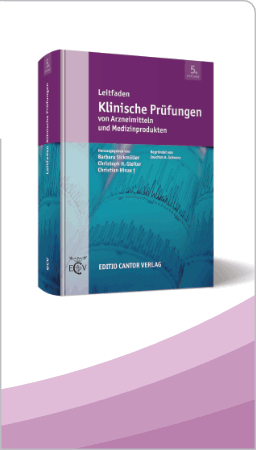Nanosuspensionen - Formulierungen für schwerlösliche Arzneistoffe mit geringer Bioverfügbarkeit2. Mitteilung: Stabilität, biopharmazeutische Aspekte, mögliche Arzneiformen und Zulassungsfragen* ) Rainer H. Müller, Bernhard H. L. Böhm und Mathias J. Grau Freie Universität Berlin, Institut für Pharmazeutische Technologie, Berlin Nanosuspensions - Formulations for Poorly Soluble Drugs with Poor Bioavailability /2nd Communication: Stability, biopharmaceutical aspects, possible drug forms and registration aspects In a first communication of this publication series the preparation of nanosuspensions as alternative formulation for poorly soluble and bioavailable drugs has been described including the coverage of their special properties, i.e. increased Saturation solubility and increased dissolution velocity. The second communication covers the physical stability during storage of the nanosuspensions, the transfer to dry products by lyophilisation, the advantages with regard to the biopharmaceutical performance and discusses intensively various new formulations based on the nanosuspension technology including considering regulatory and registration aspects. Despite being thermodynamically metastable and in principle susceptible to Ostwald ripening, nanosuspensions as optimised formulation compositions are stable as aqueous dispersions for at least three years. Lyophilisation is relatively unproblematic. Biopharmaceutical advantages are the increase in bioavailability, improvement in dose/efficiency relationship, reduction in variability between fed and non-fed status and also intersubject variability and increase in absorption rate. Nanosuspensions can be used to produce topical, ophthalmological, oral, peroral and parenteral drug formulations. Key words Bioverfügbarkeit · Nanosuspensionen, Arzneiformen, Stabilität · Schwerlösliche Arzneistoffe * ) 1 Mitteilung siehe Pharm. Ind. 61, Nr. 1, S. 74 (1999) |
| © ECV- Editio Cantor Verlag (Germany) 1999 |
pharmind 1999, Nr. 2, Seite 175




